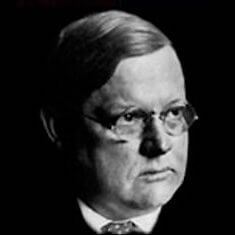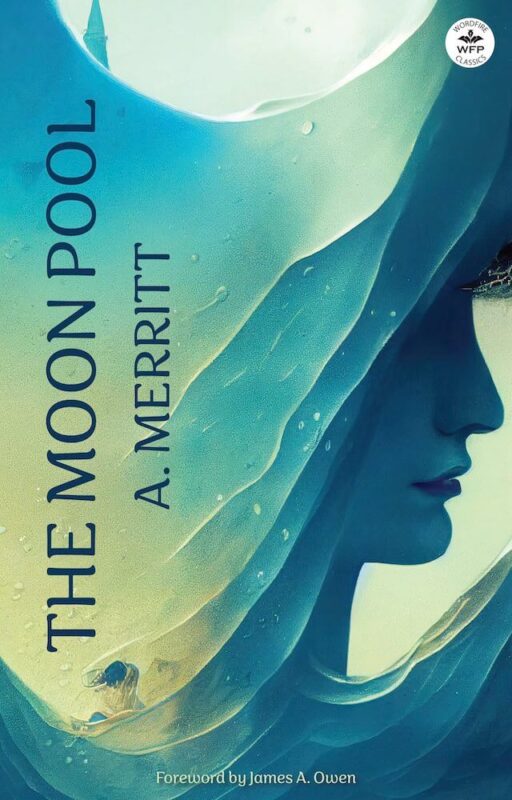
Abraham Merritt, who wrote as A. Meritt, edited The American Weekly from 1912 to 1937, and was reportedly one of the highest paid journalists of his day, earning over $100,000/year by retirement. As editor, he discovered and promoted many young writers and artists, most importantly Hannes Bok, whose illustrations went on to grace more than 50 covers of Weird Tales and two of Merritt’s own novels.
A. Merritt possessed a never-ceasing curiosity. While he lived in various cities along America’s eastern seaboard, he traveled the world and invested in such places as Jamaica and Ecuador. He collected and played exotic musical instruments, and had a library filled with thousands of volumes of occult literature. He also grew plants such as monkshood, datura, cannabis and peyote, plants said to promote occult power.
“In all his stories,” A. Merritt wrote of himself, “Merritt weaves much of what he has seen, heard, and read of strange rites, of superstitions, of science, of religion. They are fantastic, but they are accurate and they are very unusual.”
He wrote about metal monsters, satanic cults, krakens, dwarves, witches and lost civilizations. His most famous work is The Ship of Ishtar. While both The Moon Pool and The Ship of Ishtar recount exciting adventures, both go deeper than what is typically called ‘pulp fiction.’ The Moon Pool explores the relationship between cosmic forces of good and evil, where love—manifest through ultimate sacrifice—is the only power strong enough to overcome evil’s corruptive twins power and temptation. The Ship of Ishtar, on the other hand, explores man’s tenuous relationship with reality and the abstract.
Inducted into the Science Fiction and Fantasy Hall of Fame in 1999, A. Merritt’s fiction heavily influenced contemporary H. P. Lovecraft, as well as modern authors such as Michael Moorcock, James Cawthorn, Robert Bloch, and Dungeons & Dragons© co-creator Gary Gygax.


